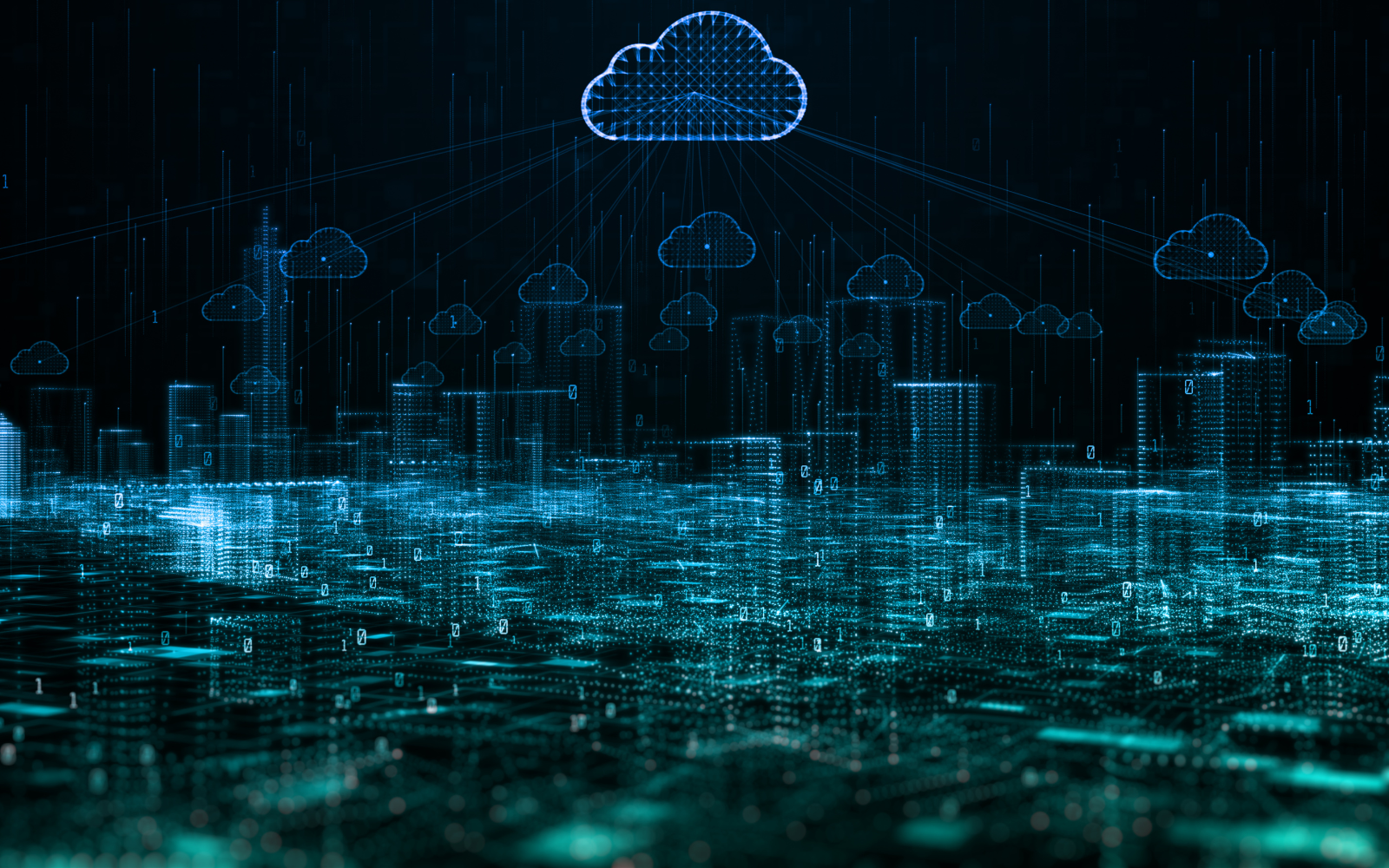It’s hard to believe that the COVID-19 pandemic was nearly three years ago. Not only did the pandemic cause the world to shut down but it also brought about an unprecedented wave of digital transformation and remote work. However, this rapid shift has also led to an exponential rise in cyber threats, exposing vulnerabilities in organizations’ IT infrastructures. The cybersecurity industry has played a pivotal role in safeguarding businesses and individuals from these ever-evolving threats.
In this blog post, we will dive into the lasting impact of the pandemic on the cybersecurity industry, exploring the challenges faced and the innovative solutions that have emerged to combat cyber risks in a post-pandemic world.
1. Escalation of Cyber Threats:
The pandemic acted as a breeding ground for cybercriminals, who sought to exploit the chaos and vulnerabilities arising from remote work setups and increased online activities. Phishing attacks, ransomware incidents, and data breaches surged to alarming levels. As a response, the cybersecurity industry experienced a heightened demand for advanced threat intelligence, proactive monitoring, and incident response services. Cybersecurity firms rose to the occasion, adapting their strategies to counter sophisticated attacks and protect businesses from financial loss, reputational damage, and regulatory non-compliance.
2. Remote Workforce Security:
With remote work becoming the new norm, organizations faced the challenge of securing distributed work environments. Remote access, VPNs, and collaboration tools introduced new entry points for cybercriminals. The cybersecurity industry quickly pivoted to address these concerns by implementing robust remote workforce security measures. This included secure remote access solutions, endpoint protection, secure VPNs, and employee cybersecurity training programs. The pandemic forced cybersecurity professionals to think creatively and develop strategies to secure remote networks and educate remote employees about best security practices.
3. Emphasis on Cloud Security:
The accelerated adoption of cloud-based services during the pandemic expanded the attack surface for cyber threats. Cloud environments became primary targets for hackers, leading to an increased focus on cloud security. The cybersecurity industry responded by enhancing cloud security solutions, offering cloud-specific threat intelligence, encryption, access controls, and continuous monitoring. Additionally, service providers developed cloud-native security solutions that seamlessly integrated with various cloud platforms, providing businesses with enhanced visibility, control, and protection in their cloud environments.
4. Strengthening Data Protection:
The pandemic highlighted the critical importance of data protection and privacy. With the exponential increase in remote work, organizations grappled with data leakage risks and compliance challenges. Cybersecurity firms played a vital role in helping businesses fortify their data protection strategies. They offered solutions such as data encryption, data loss prevention, secure file sharing, and identity and access management tools to safeguard sensitive data and ensure regulatory compliance. The focus on data protection has become a paramount concern for businesses, leading to the emergence of innovative security technologies and solutions.
5. Collaboration and Threat Intelligence Sharing:
The pandemic underscored the need for collaboration and information sharing among cybersecurity professionals. The industry witnessed a rise in public-private partnerships, threat intelligence sharing forums, and collaborative incident response efforts. Sharing actionable threat intelligence allowed organizations to proactively defend against emerging threats and vulnerabilities. Cybersecurity providers also collaborated with technology vendors, government agencies, and industry associations to develop joint initiatives aimed at combating cyber threats collectively.
The COVID-19 pandemic has forever transformed the cybersecurity landscape. The escalating cyber threats, remote workforce security challenges, emphasis on cloud security, data protection requirements, and increased collaboration within the industry have reshaped the way organizations approach cybersecurity. As we continue to navigate the post-pandemic era, the cybersecurity industry will continue to play a crucial role in protecting businesses and individuals from the ever-present and ever-evolving cyber risks that come with the digital age – which is where we come in.
Ready to Experience the Versetal Advantage?
At Versetal, we understand the critical role that technology plays in driving business success. Our comprehensive, award-winning cybersecurity services are designed to support your unique needs, enhance operational efficiency, and unlock your organization’s full potential. With our team of seasoned professionals and customer-centric approach, we ensure seamless IT management, allowing you to stay agile, secure, and ahead of the competition.
Learn more about how we can help your organization build, manage, and maintain the most secure IT environment for your business with our award-winning security practice.


